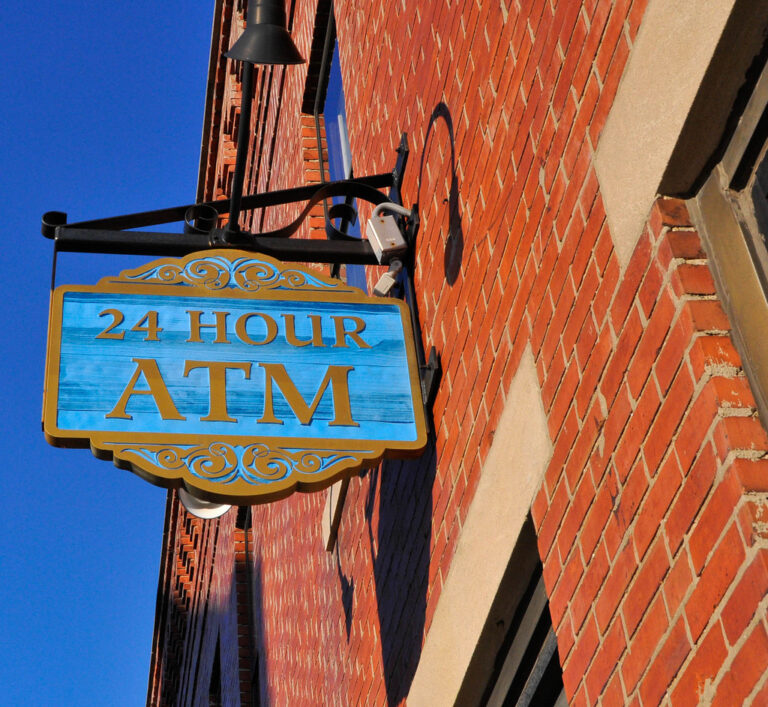
Even in the age of the increasingly cashless society, you'll most likely need to deal in hard currency at some point when traveling abroad. Gone are the days of exchanging large amounts of dollars for foreign currency at Forex counters or toting a wad of traveler's checks during your international trips. Now, there are mainly two common methods for paying for items on vacation, and they're the same as the choices at your neighborhood grocer - paper or plastic.
Below, we outline a few key currency-related tips to remember when traveling.
1. Familiarize yourself with exchange rates. In the few months leading up to your trip, keep an eye on the typical exchange rates in the countries you'll be visiting. Once you get a feel for the average rate, quiz yourself and your travel partner on conversions. Oftentimes it's easiest to round the rate up or down a bit to get to a simpler number. For example, $1 US equals 9.55 Moroccan dirhams - if you round that up to 10 dirhams for every dollar, you'll be able to convert prices quickly when in Morocco.
RELATED: Traveler Tips: Best Conversion Apps for Travel
2. Notify your card-issuing institution prior to your travels. Contact your financial institution's customer service department to make them aware of your itinerary, so you can avoid the risk of them suspecting fraudulent card usage and placing a block on your card(s). Many banks and credit companies allow you to do this online as well.
3. Know your fees and limits. Check with both your debit and credit card issuers before you travel abroad to learn your foreign withdrawal fees and limits. Your card issuers will also be able to tell you if there are any ATMs at your destination where you can avoid fees.
1. ATMs are your friend. Throughout the world, ATMs – now widely considered the standard for quickly obtaining local currency when abroad – offer the best exchange rates. Because they are based on the wholesale market rate, they typically run several percentage points better than those you would receive at exchange counters or with traveler's checks.
And wherever your travels may take you, you'll likely find an ATM machine if your debit card has a VISA® or MasterCard® logo: the PLUS® (VISA) network and the Cirrus® and Maestro® (MasterCard) networks each have more than one million ATMs in more than 200 countries.
2. Use local currency. Though shops accepting U.S. dollars may seem like welcome oases, many are actually tourist traps where the merchant is likely charging (and pocketing) a high commission for the sale. Similarly, if a shop in a non-Eurozone country allows payment in Euros, you are likely getting a poor exchange rate.
3. Withdraw enough, but not too much. It's a tough line to walk, but you ideally want to withdraw relatively large sums of cash so that you don't face multiple ATM trips (and thus, multiple withdrawal fees), while at the same time not taking out so much that you're left with excess cash at the end of your trip.
A corollary - make sure to keep track of your coins while traveling. Many foreign countries use large-value coins ($1 and $2) with regularity, so a pocketful could add up quickly if you don't use them.
With these tips, you should be able to navigate the world of foreign currency with ease. Happy travels!
ATM image from Flickr
By using this website you are agreeing to our Cookie Policy.